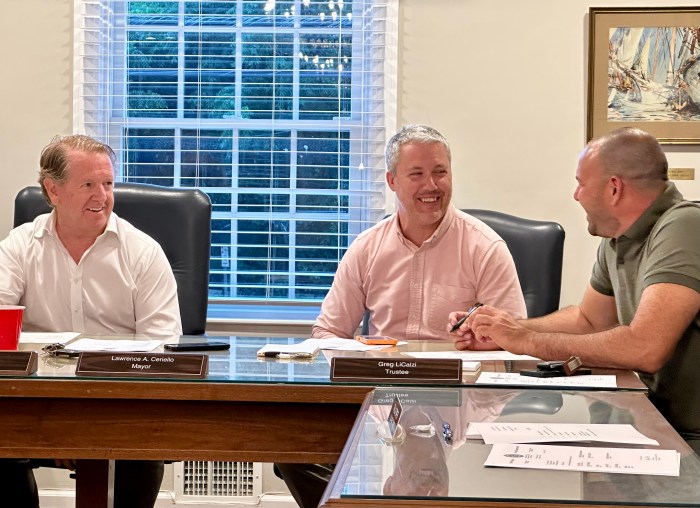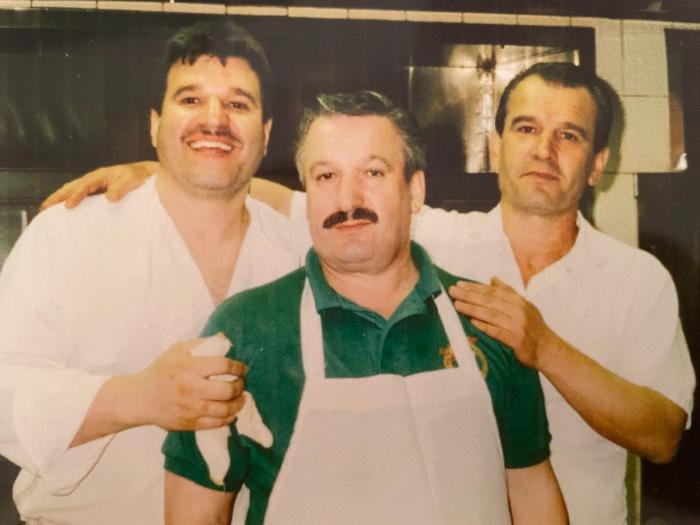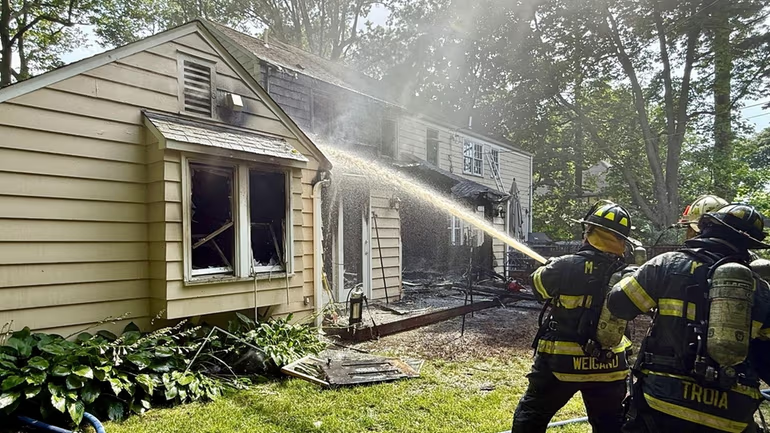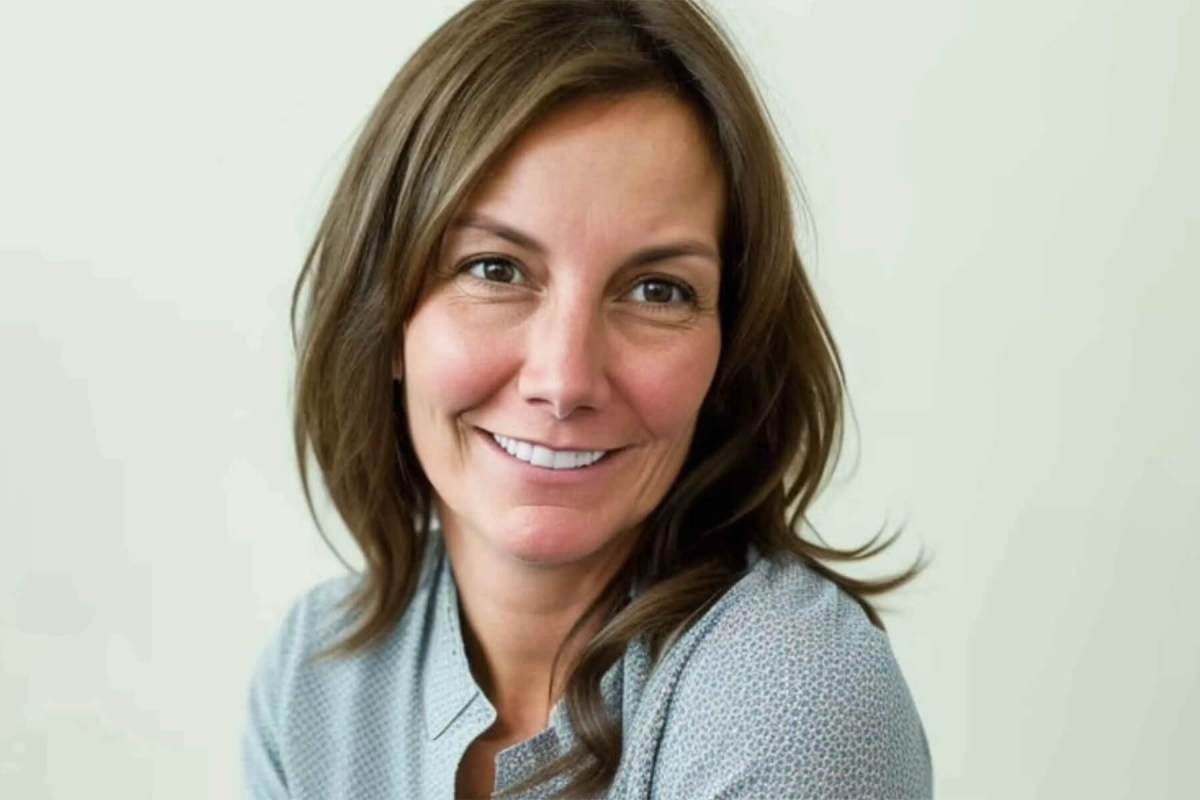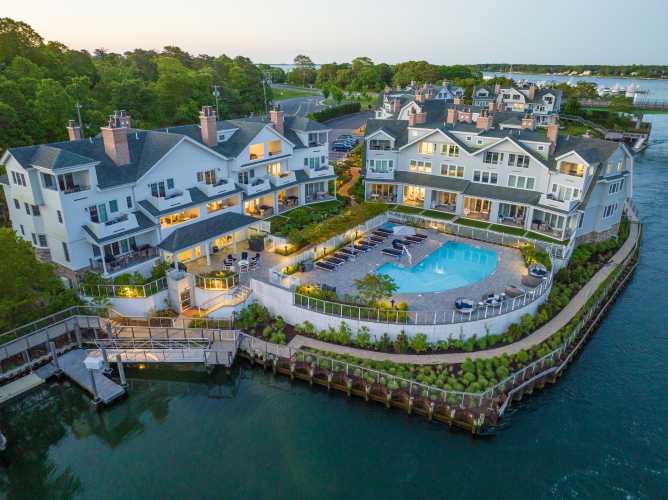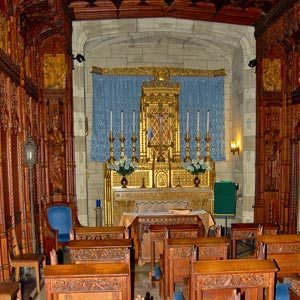
Individuals on Long Island, across the country and around the world – even those who had never before heard of Inisfada nor had the opportunity to visit St. Ignatius Retreat House – are rightly decrying the loss of this important place. And while most know that Inisfada originated as the home of a wealthy couple, the details of their lives – and their importance to our history – are not as well-known.
The people who built and later donated the estate were not just wealthy contributors, and their gift of Inisfada was not simply a donation of a house. Directly active in charitable efforts and possessing selflessness and an empathy for those in need far ahead of their time, these benefactors intended that their activities would have lasting effects.
Their hope for Inisfada was not simply that the Jesuits would get some usefulness out of the place for a time and then move on. They wanted their home – their legacy – to endure. In one sense – the impact that it has had on so many over the past seventy-six years – it will. But the loss of the home is irreparable, and would deeply sadden them.

Inisfada was built between 1916 and 1920 by the wealthy industrialist Nicholas Brady and his wife, Genevieve Garvan Brady. To simply list their achievements, accomplishments and legacy would take pages. Nicholas Brady helped Walter Chrysler finance his car company at the start. Brady was president of the New York Edison Company – while also president of the United Electric Light and Power Company – and a member of the board of directors literally of dozens of major power, transit, banking, mining and other companies.
He extended Brooklyn Rapid Transit into Manhattan and consolidated the various lighting and gas companies of New York. Genevieve Brady was the Board Chairman of the Girl Scouts of America and Vice-President of the Welfare Council of New York.
While influential in business, the Bradys’ importance to American Catholic history is perhaps even greater. Nicholas was the first American to receive the Supreme Order of Christ – the highest order of chivalry awarded by the Pope – a Papal Chamberlain and the holder of three other papal knighthoods. Genevieve held two papal damehoods of her own. They were the first – and last – Papal Duke and Duchess of America.
The Bradys were in their time the most famous Catholic lay couple in the world, and arguably the most generous Catholic philanthropists the United States ever produced. They were, though wealthy – and personal friends of governors, presidents and popes –the champions of workers, of children, of the poor.
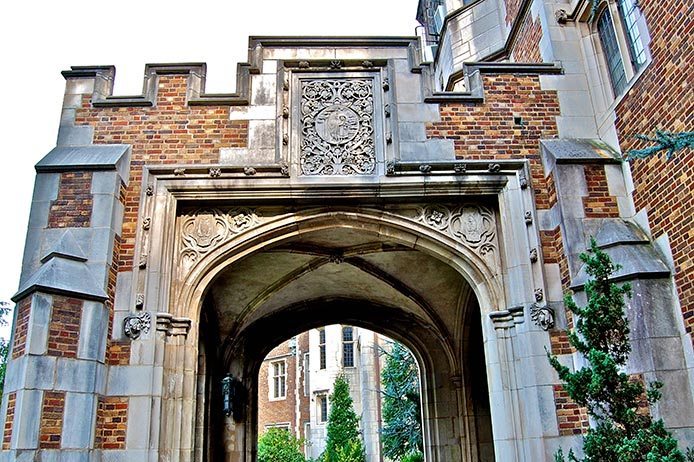
But to call the Bradys “philanthropists” is a severe understatement. Nicholas and Genevieve were far ahead of their time, not only in giving but in action. Genevieve, and Nicholas – a convert to Catholicism – spoke out against discrimination; when donating a building for use as a day nursery in 1915, their only condition was that “none shall be denied the use of its facilities on account of race, creed, or color.”
The Bradys donated millions and millions of dollars that helped people from all walks of life and across all social boundaries. And they didn’t just write checks: they made things happen. It was no small act for Mrs. Brady to donate, after the death of her beloved Nicholas, the gift he gave her on their tenth wedding anniversary – Inisfada – to the Church. She wanted the home to be useful to an organization she felt did important good work. It is hard to believe she would have wanted the home to be sold, much less destroyed.

The day nursery the Bradys created ninety-eight years ago survives – still for the same purpose, and in the same Jesuit parish (and even the same building); the seminary the Bradys built in Wernersville, Pennsylvania eighty-three years ago survives – as a retreat center and retirement community for Jesuits (and as the Bradys’ final resting place, in the Crypt beneath the main chapel). Sadly, the home that the Bradys so loved, and meant to be used for good, has been lost.
The Bradys felt deeply that their gifts should have lasting value, and were more than generous in order to make certain that whatever they did – services for the poor, the nursery, the seminary, Inisfada – would continue to matter, continue to make a difference. Surely they would be ashamed of those who allowed this to happen.
Anthony Clark is a writer who spent several years in the 1980s working at Inisfada, or St. Ignatius Retreat House.




